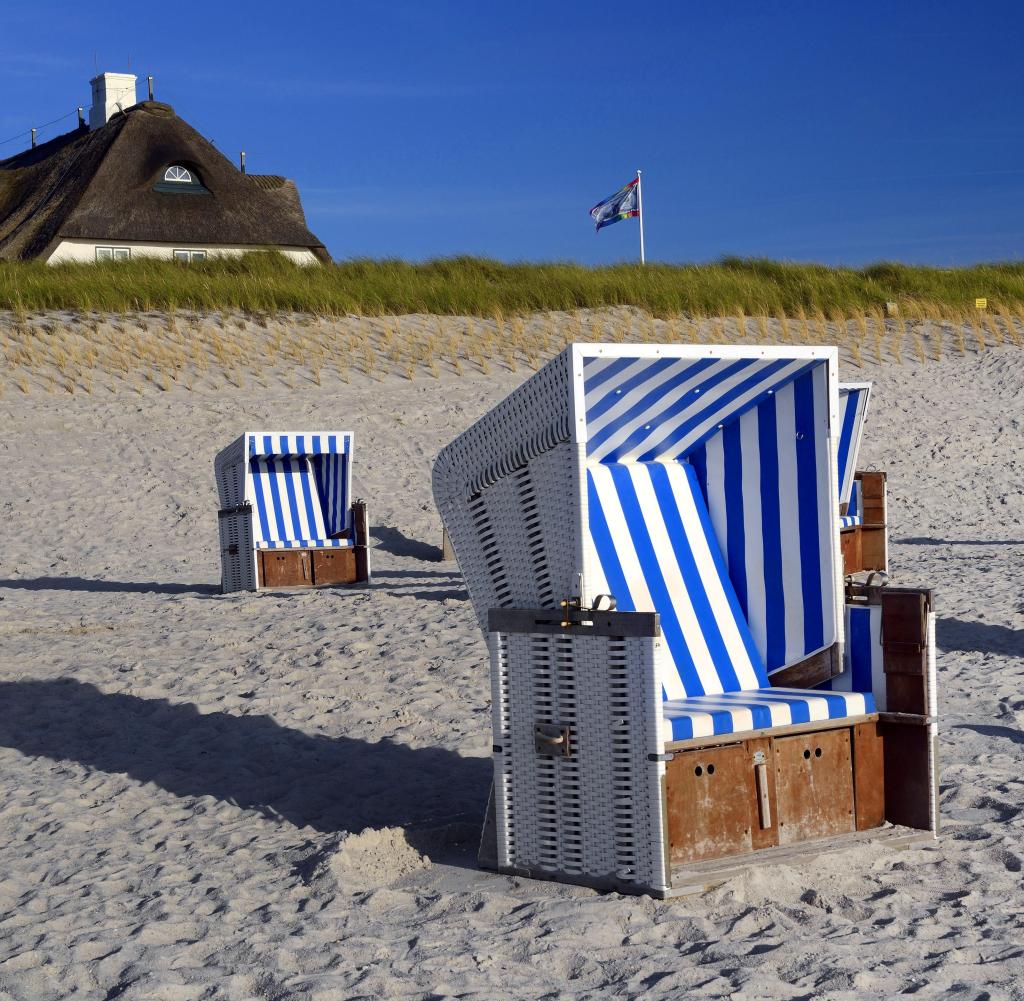Property prices on the German North and Baltic coasts, which are popular with holidaymakers, continue to fall, although not as sharply as recently. Nevertheless, those looking for a house on the North or East Frisian Islands in the North Sea will still have to dig deep into their pockets. It is significantly cheaper on the mainland and on the Baltic Sea. This is according to the latest coastal report by the nationwide real estate agency Von Poll Immobilien.
The North Sea coast with its UNESCO World Heritage Wadden Sea, the world’s largest contiguous mudflat and sand area, continues to be very popular with property buyers. Recently, however, the effects of the Ukraine war, increased costs, inflation and interest rate increases have led to falling prices, as in most regions of Germany.
However, a comparison of the fourth quarter of 2023 with the first quarter of 2024 shows that the downward spiral is turning much more slowly, and prices are even rising slightly again in some cases, said the real estate company’s managing partner, Daniel Ritter. “An important signal for prospective buyers who are hoping for further price reductions – the phase of market regulation could soon be over.”
The most expensive region by far continues to be the North Frisian Islands off Schleswig-Holstein. On Sylt, Föhr, Amrum and Pellworm, a square meter of living space cost an average of 11,704 euros in the first quarter. Although this is nine percent less than in the same period last year, the decrease compared to the last quarter of 2023 is only 0.7 percent.
The main reason for the very high prices is the island of Sylt, which has always been one of the most expensive regions in Germany. Prices there fell by six percent, according to the information. However, one square meter of living space still cost an average of 14,424 euros.
The East Frisian Islands off the coast of Lower Saxony are a little cheaper, but prices are already rising again. On Norderney, Juist and Spiekeroog, for example, a house costs an average of 8,833 euros per square meter – 2.4 percent more than in the same quarter last year.
A property was available on the mainland for significantly less money. There, the price per square meter was less than a third of the price. The cheapest place was in the Wesermarsch district. According to the information, a house there cost an average of 1,872 euros per square meter in the first quarter.
A similar picture can be seen on the German Baltic coast with its sandy beaches, historic seaside resorts and small fishing villages, albeit at a much lower level. The most expensive regions with property prices above 3,500 euros per square meter in the first quarter included the islands of Rügen in Mecklenburg-Western Pomerania and Fehmarn in Schleswig-Holstein.
On the mainland, it was most expensive in Rostock with square meter prices of 3864 euros and on the Fischland-Darß-Zingst and Usedom peninsulas with just over 3800 euros each. According to the coastal report, the cheapest houses were in the Vorpommern-Greifswald district with an average of 1739 euros per square meter.
“On the Baltic coast, properties in cities and in good and very good locations with a view of the water or special properties – for example with a thatched roof – continue to be particularly stable in value,” said Robert Rothböck, branch manager at Von Poll Immobilien for Kiel, Plön, Eckernförde, Neumünster and Rendsburg. His colleague Thorsten Claus, who is responsible for Lübeck and Bad Schwartau, emphasized: “The regions of Timmendorfer Strand and Scharbeutz continue to be particularly stable in value – especially the first to third rows to the water.”




